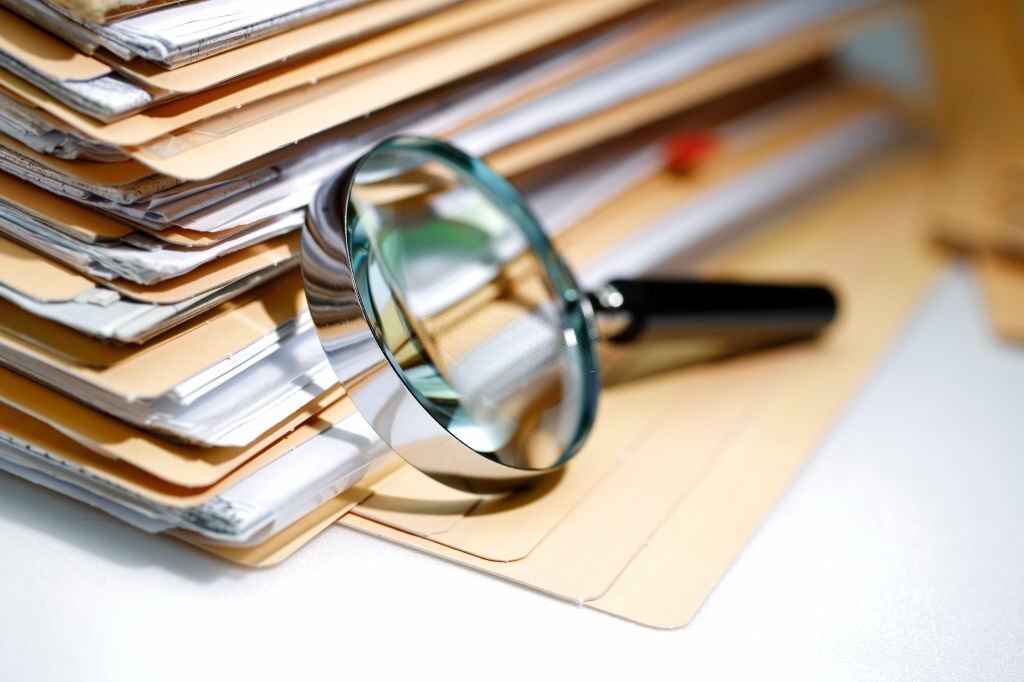In personal injury claims, evidence holds immense value as it reinforces and supports the case being presented. Typically, the responsibility of collecting evidence falls on an attorney and their team. However, victims of a personal injury can help their attorney throughout this process by preemptively collecting documentation about their claim. This blog will cover how evidence is used in personal injury claims and the importance of each type.
Types of Evidence
To start, let’s establish how the different types of evidence contribute to building a strong case:
- Physical evidence, including photographs, videos, and documents, provides tangible proof of the incident.
- Eyewitness testimony offers firsthand accounts and enhances the credibility of the claim.
- Expert opinions and reports provide professional analysis and insights to support the case.
Each category of evidence provides unique value to your personal injury claim. Your legal team should be prepared to pursue all means of collecting the relevant evidence to your claim.
Establishing Liability
To establish liability, it is essential to prove negligence and fault on the part of the responsible party. Gathering evidence plays a crucial role in supporting this claim. By providing your attorney documentation like police reports, you can aid them in establishing liability to support your claim.
Demonstrating Causation
Connecting the injury to the accident or incident is vital in personal injury cases. Collecting medical records and obtaining expert testimonies serve as evidence to demonstrate the link between the two.
Assessing Damages
Evaluating damages requires comprehensive evidence. The basics of evaluating damages are listed below:
Documenting medical expenses and treatment records substantiates the financial aspect of the claim.
Evaluating lost wages and future earning capacity helps quantify the economic impact.
Demonstrating non-economic damages, such as pain and suffering, requires compelling evidence to showcase the emotional toll.
Preserving Evidence
Timely collection of evidence holds significant weight in a personal injury claim. Taking steps to preserve evidence, such as preserving the accident scene and gathering contact information, is crucial.
Gathering Witness Statements
Identifying and interviewing witnesses can provide valuable testimonies to support the case. Recording their statements and obtaining their contact information ensures their availability when needed.
Requesting Medical Records and Documentation
Medical records play a pivotal role in proving injuries. Understanding the importance of these records and obtaining treatment documentation adds strength to the claim.
Utilizing Expert Opinions and Reports
Seeking the expertise of medical professionals and accident reconstructionists strengthens the case. Incorporating their opinions and reports provides a well-rounded perspective.
Social Media and Digital Evidence
In today’s digital age, social media and digital evidence hold significance. Recognizing their impact and following legal guidelines when obtaining and using such evidence is crucial.
Legal Assistance in Evidence Gathering
Consulting a personal injury attorney is highly advisable. They guide the process of evidence gathering and preservation, leveraging their expertise to ensure a robust case.
Conclusion
Gathering and preserving evidence is vital in personal injury claims. It reinforces the case and increases the chances of receiving fair compensation. Seek the assistance of legal professionals to prioritize evidence collection and strengthen your claim. Dedicated attorneys, like those listed on LawyerUp, will assist you in the evidence collection process and help you pursue your personal injury claim.

